Hiking alone is dangerous. Working as a team is difficult.
So, what do you do?
Make a choice and figure it out as you go.
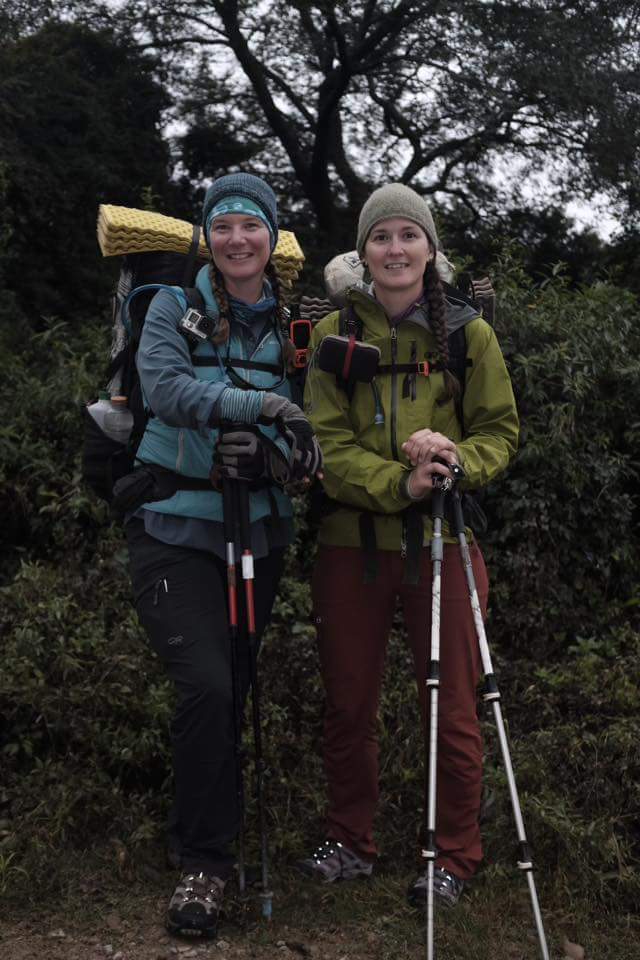
While I was prepared to do this walk alone if I did not find a suitable hiking companion, I believed the right person would come along. That person turned out to be Neon. Apparently before we set out my brother and several other near and dear friends had admonished her to, “please just try to make sure she doesn’t die on this trip.” She has taken that job seriously.
I can confidently write, I would not be sitting here, with these insights to share, if it weren’t for her and her willingness to take on more than just trekking but also to delve into the cultural interactions and exchanges, and to explore the paths of personal growth which it has opened. She may not have known what she was signing on for, but she has stuck with it with a patience beyond what I could have expected, standing by for everything from my dangling off cliffs to picking rotted flesh off my feet.
She and I may have discussed and agreed to share a tent before starting but it took us about a year to share food. I consider the health of our relationship as important to this journey as physical and mental health. I also see all of these as intertwined.
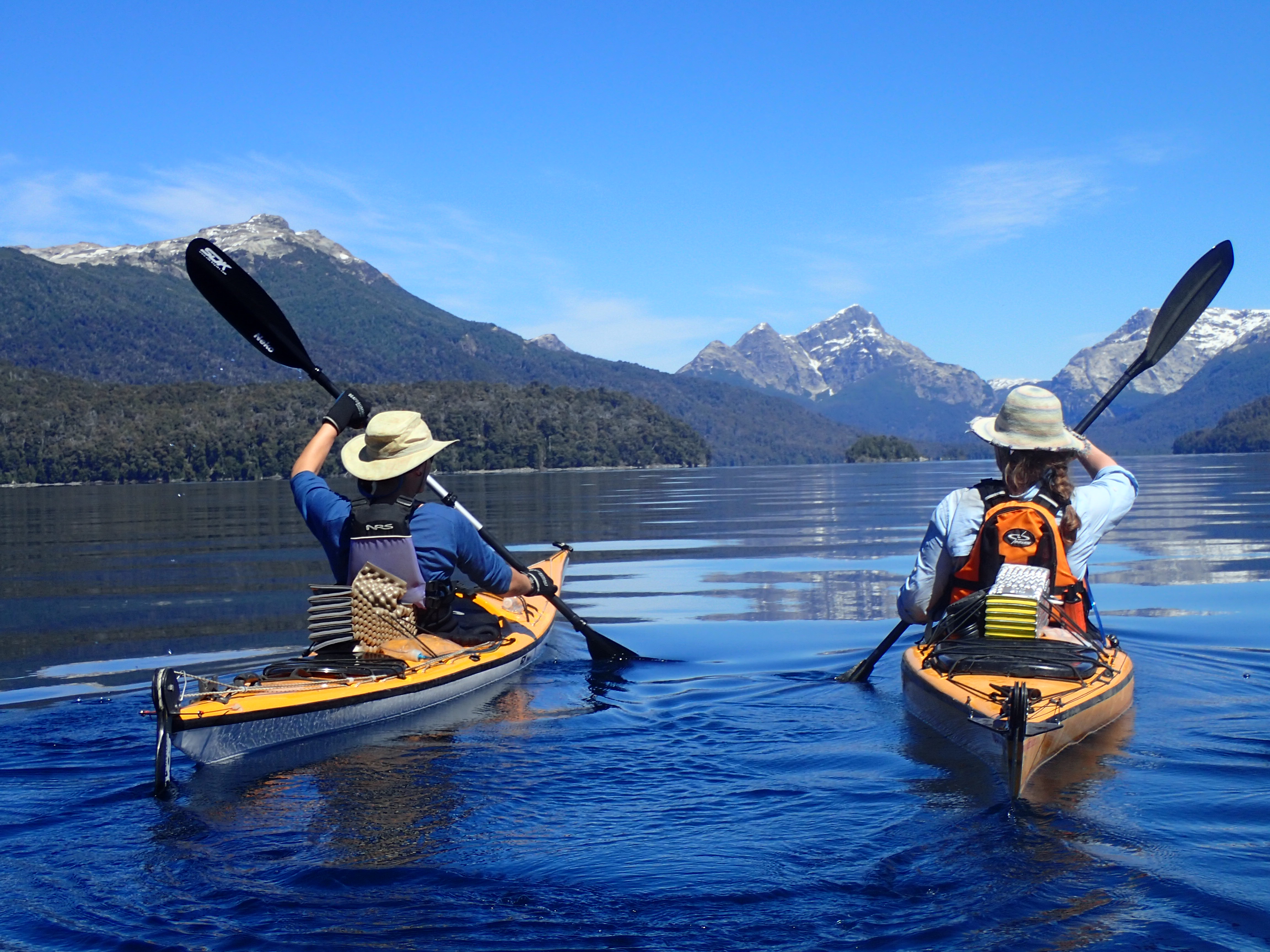
Hiking in a team is a lot like any partnership, be it marriage or business. You make decisions which will affect both of you and the long term success of your endeavor. We’ve been going for over a year of walking and 2 years of “administrative work” (intensive planning and off season coordinating). When we’re en route we spend at least 95% of our time within line of site of each other, and that is wearing, particularly for two introverts. You rely on your partner and sometimes resent everything about them.
“Have you punched each other in the face yet?” a friend asked, only half joking a few months into the hike (no punching, but one particularly sharp elbow got thrown in a race for the one single bed on Christmas Eve 2015). Many have expressed curiosity and surprise at the strength of the partnership we maintain. It works because we work hard at it, every day.
 Rarely picture perfect, often entertained. Even after bush bashing around in recent forest fire territory without water.
Rarely picture perfect, often entertained. Even after bush bashing around in recent forest fire territory without water.
Together we have faced life threatening situations, had to make decisions in less than ideal circumstances, talked each other through challenges, and been short with each other more than a few times. These are a few things we have learned so far:
1) Prioritize the relationship
You may be working toward another ultimate objective, like, say, getting to the Arctic Ocean, but set aside time to invest in the relationship. The importance of this came to light for us when we began having monthly “walking meetings” where we set goals for the coming month in the realms of trail, team, and self.
During one such meeting Neon suggested we do daily check-ins, asking one another “how have you been these past 24 hours?” It proved to be handy, but we weren’t very diligent due to the changing demands of the trail. The next month, she specified that we should do it every day over lunch. This quickly became a regular practice when we linked it with the physical ritual of drinking mate. It is time to set aside just for us and just for listening.

I have found it is most important to do it when I REALLLLLLY don’t want to. Also, we table subjects when necessary.
2) Value your partner
With time, you get to know one another. With time, it also becomes easy to take the other for granted. You are in the greatest position to know the details of your partner’s existence and are most susceptible to ignore what an asset that is.
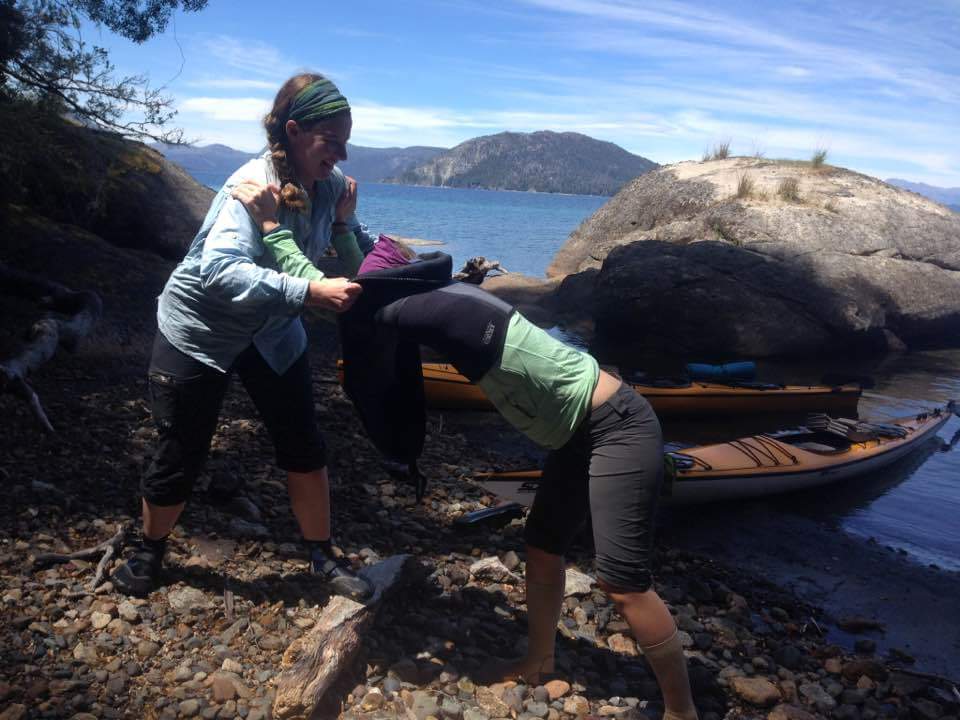 Dream work makes the team work. And gets the spray skirt off… PC: Cheri Harris
Dream work makes the team work. And gets the spray skirt off… PC: Cheri Harris
I make an effort to notice the small things that matter to Neon. Like, don’t get anything banana or mint flavored. If sharing a treat such as cookies or sweets, share them in sets of two. If I see an American style doughnut, no questions asked, bring it back for her. We talked through the “5 Love Languages” and it is a helpful tool.
Another way to value your partner is to be aware of their timeline and incorporate that into decision making. Asking earlier in the day what they might want for dinner, begin talking through travel plans well in advance, etc. Chronically independent, I am adept at executive decision making and doing so off the cuff. Of the DISC Personality Types I am a Dominant. I will try 15 different approaches before finding one which yields the desired results and that work for me.
Adapting to incorporate Neon’s more purposeful and slow style is, well, still a work in progress. It bring with it the advantage that I actually have to think things through ahead of time to make a case for her consideration. So, as a team, we are more informed and prepared to act more quickly than either would be on her own.
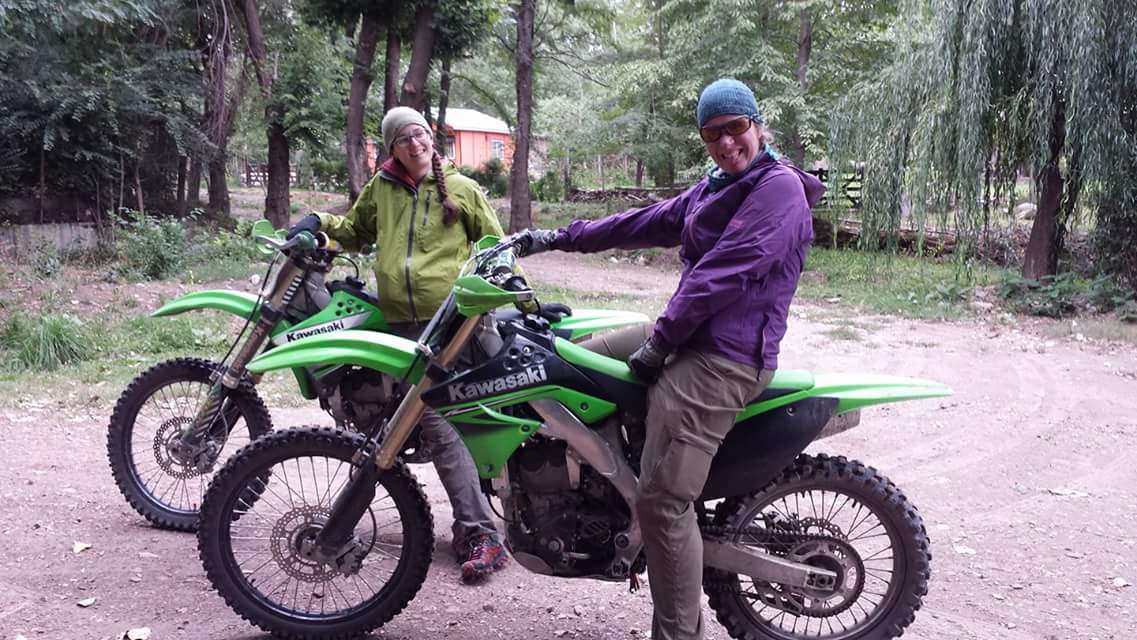
3) Communicate
This is by far the biggest of what we have learned and weaves into the rest of the points. For us, the first leap was creating a safe space to express differences. This, I am beginning to think, is a foundation for open and honest communication.
Another necessary building block is trusting your partner, and knowing she has your best interest at heart. Open communication requires vulnerability, and vulnerability can only be cultivated in an environment of trust, and trust has to be built on honesty, otherwise the whole structure is a farce.
The rest of the components are things we all have heard before and often forget:
-Communicate clearly up front and when you don’t, go back to the start rather than digging trenches.
-Repeat back what you are understanding the other person to say. I use the phrases, “What I hear you saying is . . . ” and
“What I am interpreting you to say is . . . ”
This gives Neon an indicator of whether she is answering a question directly or not.
-Before taking action, ask clarifying questions.
What other corner stones might you add to this?
4) Have contact with others outside the relationship
It is helpful to have external, trusted confidants.
We have a respected and trained friend we check in and consult with as a team. She guides us and suggests tools for preserving relationship and boundaries. It is our version of couples therapy.
We also have mutual as well as separate friends to confide in. These lifelines have proven invaluable. You cannot expect your partner to be your only source of support.
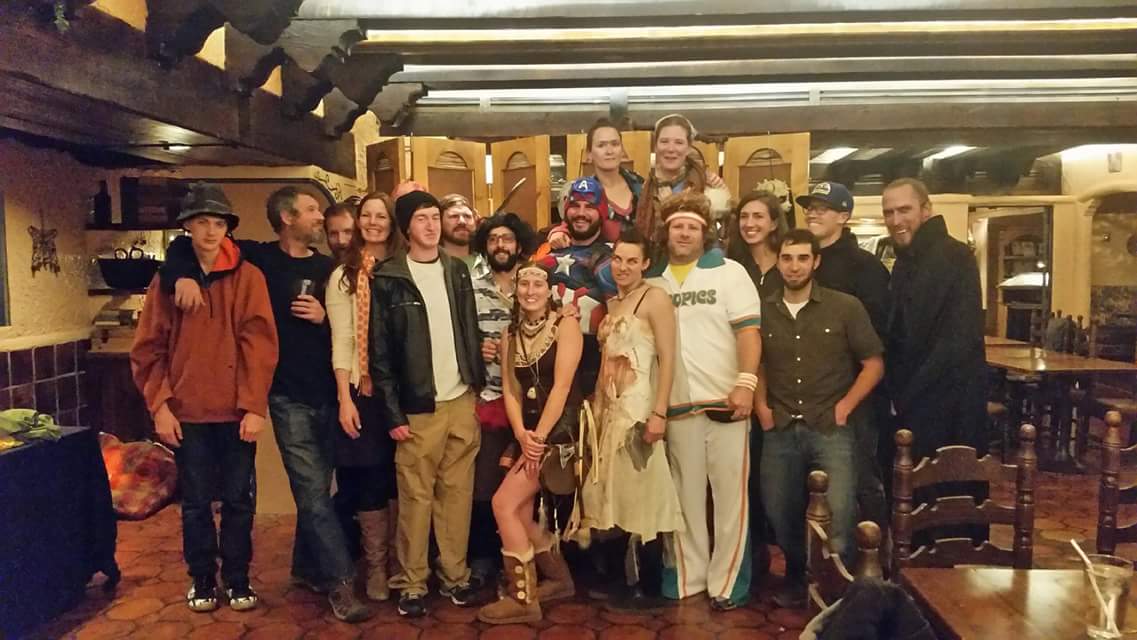
Being an external processor, I have to sift through emotions. Having a few trusted friends who help as filters is important. Sometimes I need to blather the crud out of my system before coming to the table with constructive ideas. It plays out something like this:
I have a mountain of judgment, petty complaints and aimless venting; these are rocks, which if hurled in the heat of the moment, do damage. But there has to be movement to generate progress. By rattling those around with someone else, I can hone in on the important stuff. Work those around a bit more and there are the grains of substance and truth, the heart of the matter, the refined resources which can be mixed into something strong and healthy.
Contact with friends is important not only for the sake of relationship but also as individuals living abroad for extended periods. It is nice to have someone OTHER than the person you spend 95% of your time with who can call you out on stinkin thinkin, suggest new and interesting books or podcasts, share rants and victories, joke around and most importantly sometimes, just listen.
5) Laugh
Being able to laugh at situations and ourselves has become one of our most valuable tools for the longevity of this project. It began about 5 days in, when we were still on Tierra del Fuego. Neon the desert dweller had chosen an OutdoorResearch Men’s Foray rainjacket in the color “hops.”
And grey pants.
Meaning, she exactly blended in with the landscape for the entire season.
It was a rainy morning (mornings are not my best time of day anyway). We were, as usual, without trail, and our socks were already soaked through. It was not my best moment; I was disoriented, and she had the GPS. I stepped into a meadow and could not find her anywhere. I leaped to the obvious conclusion that she had abandoned me out there, I would be lost and mapless forever and probably either eaten or forced to integrate into the massive local community of beavers who live on the island.
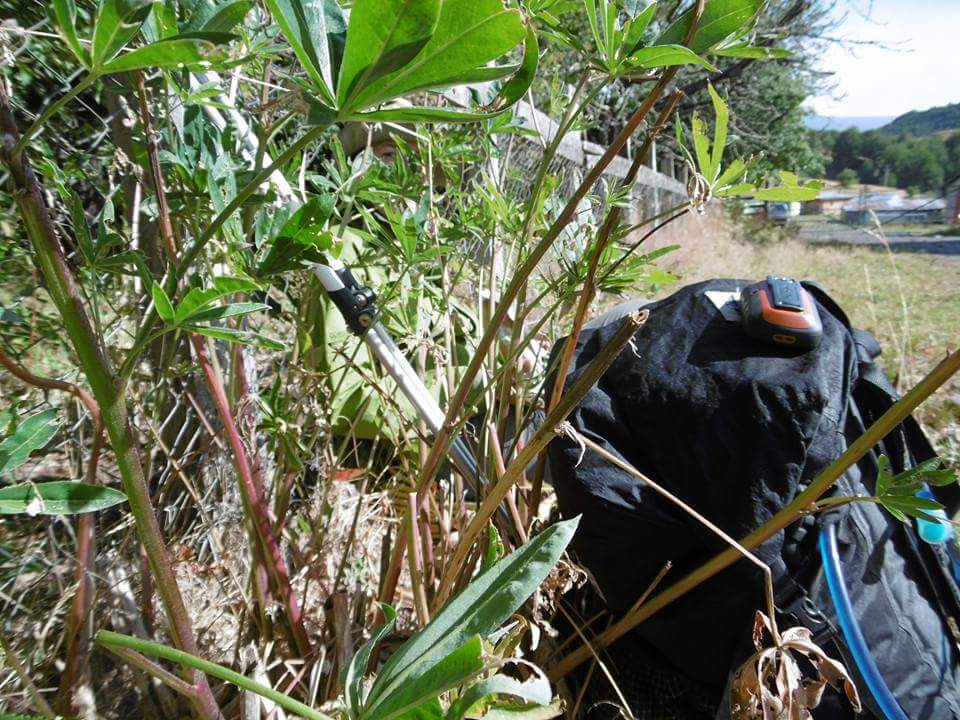
In the onslaught of panic and frustration I began yelling and spinning around.
“What?” my cat-footed companion was all of 10 feet away. It was a super sour subject all the way through until about lunch time.
From then on we had a new game, “where’s Neon?” You may have seen some fun photos on our Facebook or Instagram where we challenge you to locate Neon in Nature (#neoninnature).
And from that we learned, when everyone is ready: laugh. Especially at the tough stuff.


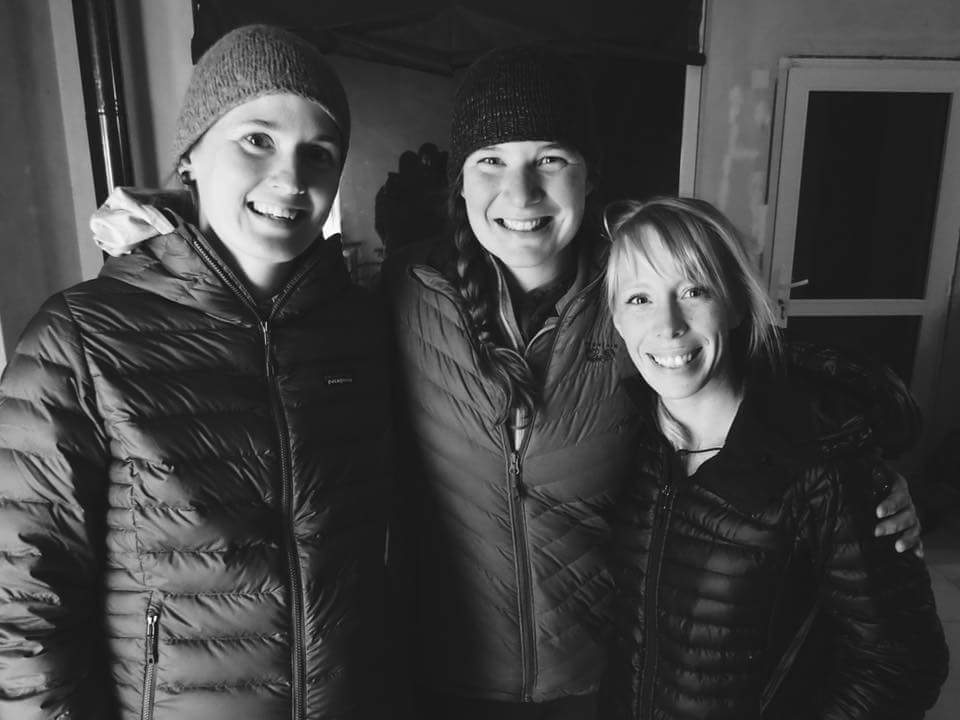
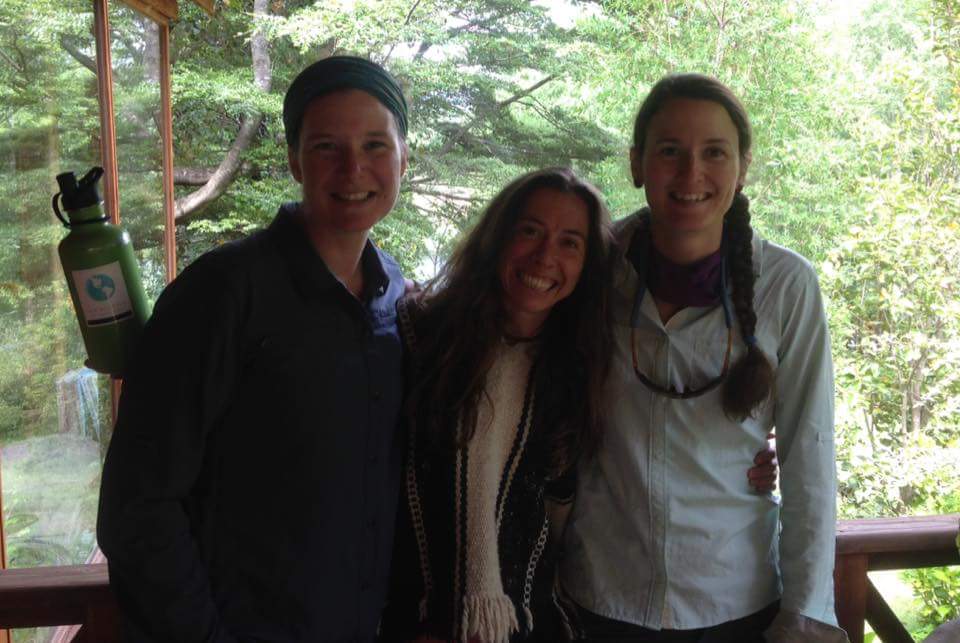
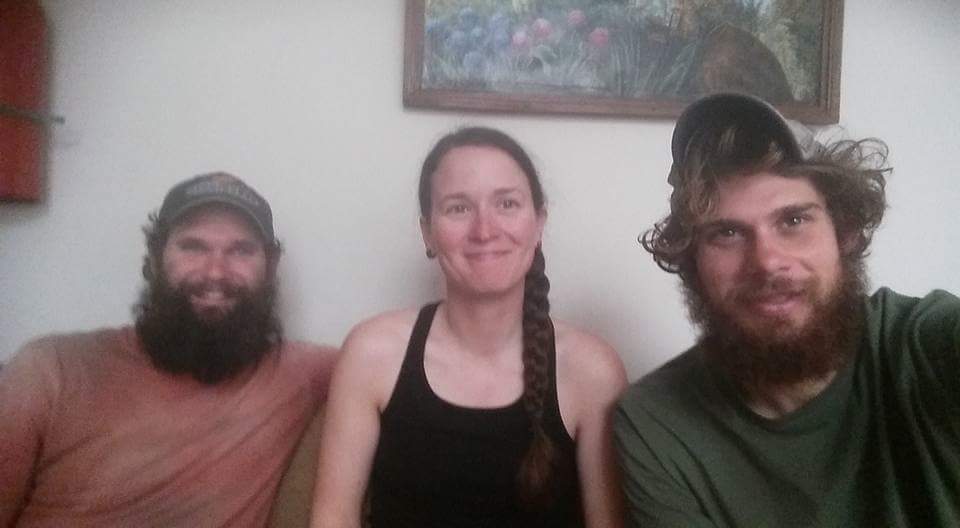
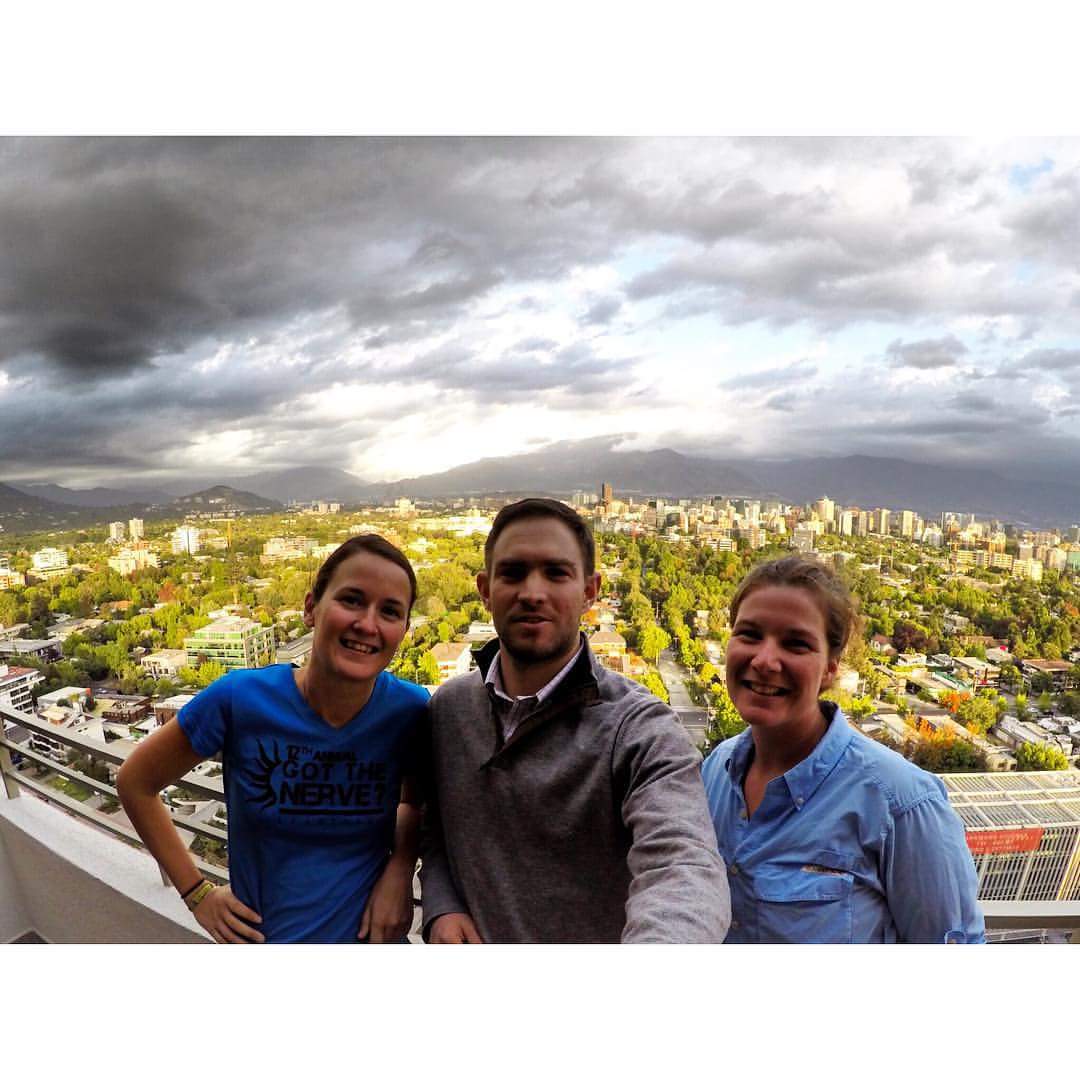
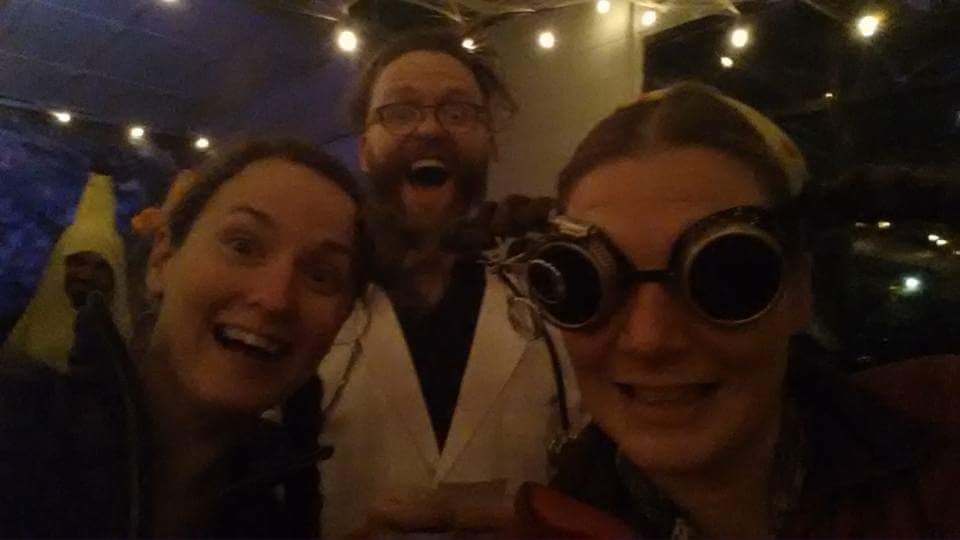
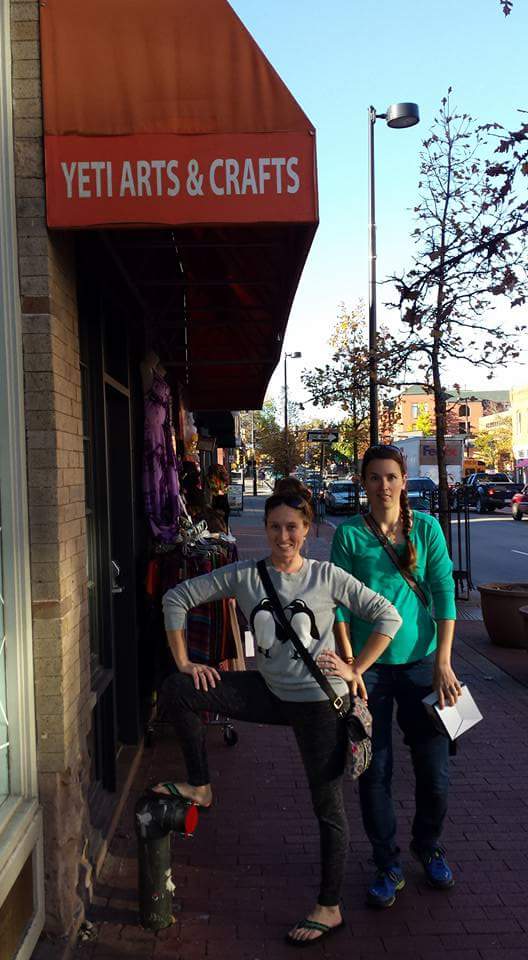
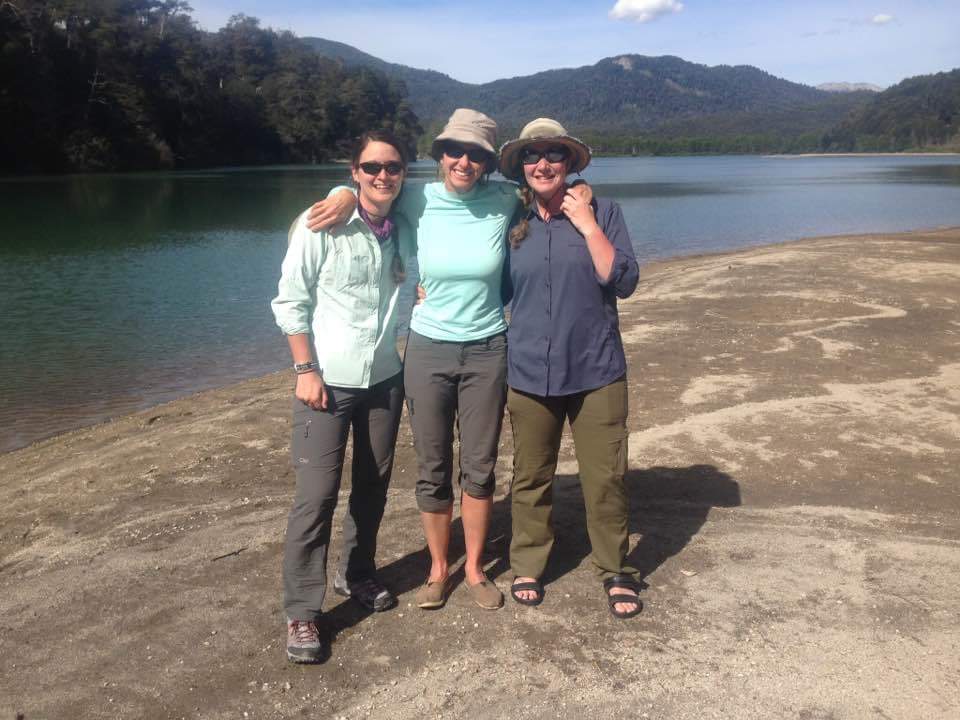







Comments (12)
saying what you mean, meaning what you say, without saying it meanly is key. good for you both for keeping communication lines open and clean. relationship is like dance. and remember life’s all about attitude and compromise. big love to you both. you’ve got this.
I’ve never heard that last bit but it is oh so key!
Lovely post. Thank you. Good lessons for relationships in and out of nature.
Love love love.
<3
Wisdom post! Life lessons in relationships demonstrated on your partnership journey of adventure ! Thanks for sharing the insights and the growth you are experiencing together. Cliff and Martha Rawley
Hey Fidgit–I especially loved this post. Thanks for writing it!
Thank you for the fodder and wisdom you have shared with me over the years and adventures TO think like this.
Big love,
Fidgit
I’ve been reading your posts and enjoying them immensely! One question – do either of you speak Spanish or another language?
Hi Marjorie, Fidgit grew up speaking Spanish and helps our objective of communication and relationship. Neon has picked up quite a bit in the years of walking. Need really is a compelling teacher!
Pingback: Meet the Women Hiking, Biking, and Kayaking from South America to the Arctic Ocean - Ali Badkoobehi
Pingback: Meet the Women Hiking, Biking, and Kayaking from South America to the Arctic Ocean - The Trek